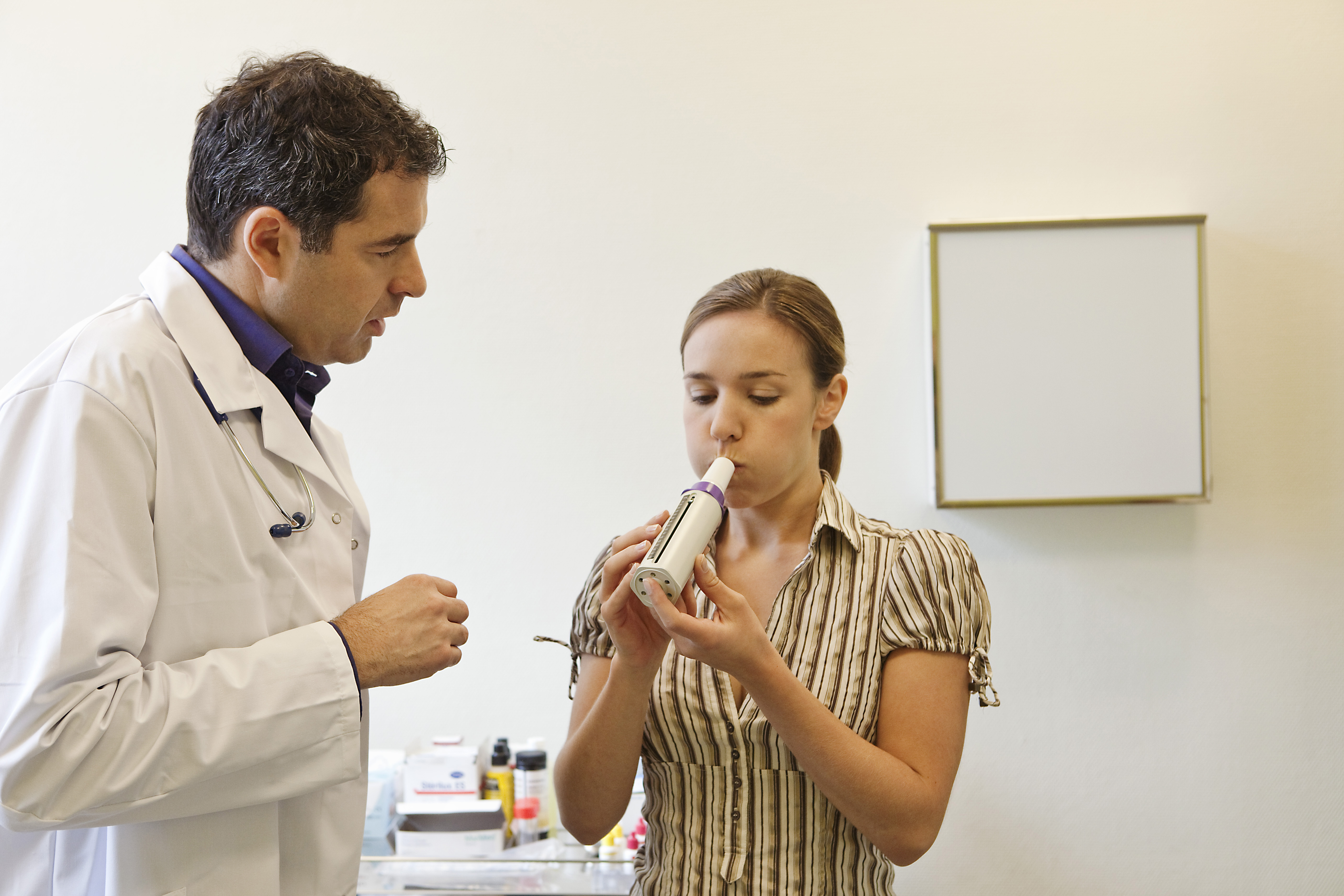A recent study in the journal Respiratory Research notes the high costs and burdens of chronic obstructive pulmonary disease treatment among patients initiating maintenance therapy, and the low rates of patient adherent to treatment. Researchers in the United Kingdom also found that general practitioner interactions were the primary drivers of costs.
Chronic obstructive pulmonary disease (COPD) is a preventable and treatable disease characterized by progressive and persistent airflow obstruction. COPD exacerbations and the comorbid nature of the disease pose a significant and increasing economic and social burden.
Inhaled long-acting bronchodilators (LABDs) with or without inhaled corticosteroids (ICS) are the mainstay of COPD therapy when symptoms persist, despite the use of short-acting bronchodilators (SABDs). Two main classes of inhaled LABDs are long-acting beta2-agonists (LABAs) and long-acting muscarinic antagonists (LAMAs) which are occasionally supplemented by the oral LABD, theophyllines.
Guidelines from the UK National Institute for Health and Care Excellence (NICE) recommend LABA or LAMA for patients with forced expiratory volume in 1 second (FEV1 ) greater or equal to 50% of the predicted value, LABA+ICS or LAMA for those with FEV1 less than 50% of the predicted value, and open triple therapy (LABA+ICS+LAMA) in those with higher risk for exacerbations and persistent symptoms.
The study, “Characteristics, disease burden and costs of COPD patients in the two years following initiation of long-acting bronchodilators in UK primary care,” had two aims: assessing the symptomatic and cost burden among patients initiating LABD therapy, and estimating the impact of adherence on healthcare resource use and costs in the 24 months after LABD alone or LABA+ICS initiation. The research team, led by Yogesh Punekar from the Value Evidence and Outcomes, GlaxoSmithKline, Stockley Park, U.K., conducted a retrospective cohort analysis of patients with COPD.
All patients were newly prescribed a LABD (long-acting muscarinic antagonist [LAMA], long-acting beta2-agonist [LABA], a combination of LABA+LAMA or combination of LABA with inhaled corticosteroid [ICS]/LABA) between 2009 and 2013 from the UK Clinical Practice Research Datalink. The cohort comprised 8,283 LABD initiators (16% LABA, 81% LAMA, 3% LABA+LAMA) and 9,246 LABA+ICS initiators with similar baseline characteristics.
For the analysis, the researchers included the variables of healthcare resource use, costs, and symptom burden up to 24 months after treatment initiation. Adherence in the follow-up period was assessed using the medication possession ratio (MPR ≥80 %).
The researchers determined that less than half the patients adhered to their index medication. Among adherent patients, the total annual per patient cost of COPD was £3008 for LAMA initiators, £2783 for LABA initiators and £3376 for LABA+ICS initiators. These results were mainly due to general practitioner interactions.
The results further revealed that among patients with a Medical Research Council dyspnea score recorded during a 24-month follow-up, a substantial proportion of adherent patients (LAMA: 41 %; LABA: 45 %; LABA+ICS 44 %) had clinically significant dyspnoea (MRC ≥ 3).
Based on the results the researchers concluded that among patients initiating maintenance treatment for COPD, adherence to the index medication was low. Many adherent patients were symptomatic across all examined LABD classes.
“In our setting, the COPD management costs were high among adherent and non-adherent patients with GP interactions contributing the most. Real world studies are required to inform interventions to address unmet needs, including impact of patient engagement tools on adherence, integrated management of comorbid conditions, and optimizing treatment pathways to improve COPD symptom burden and outcomes,” the researchers wrote.

